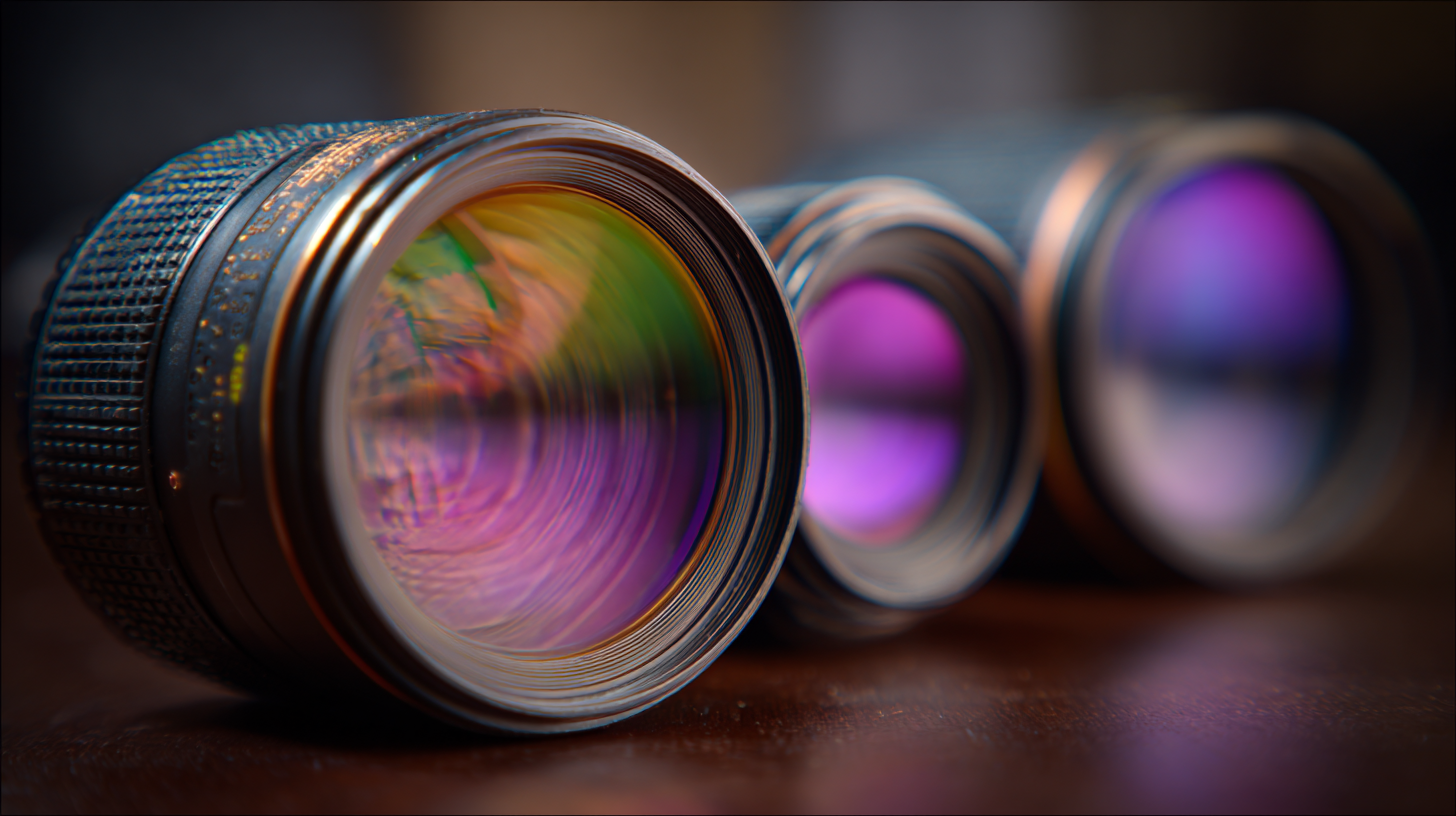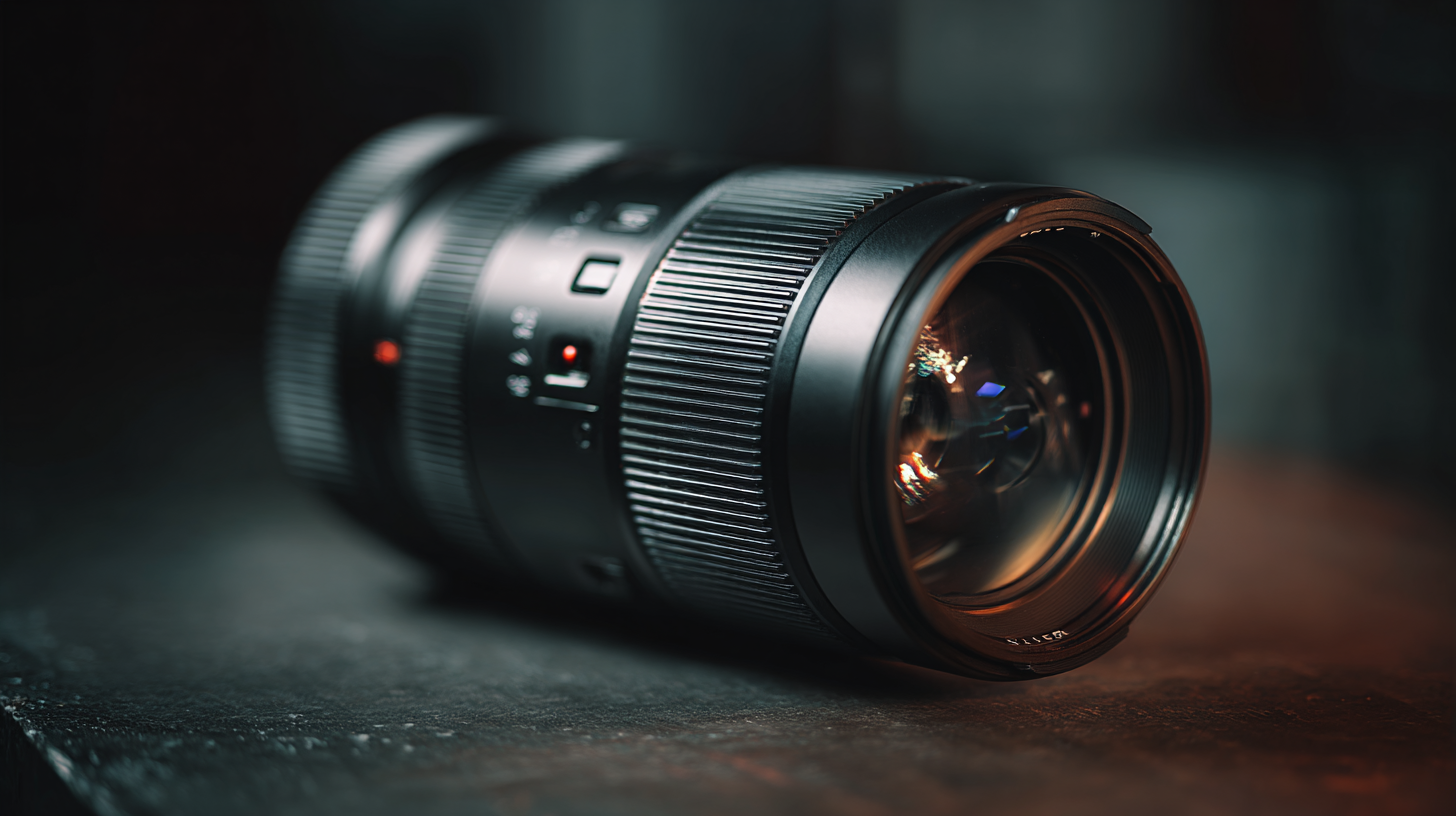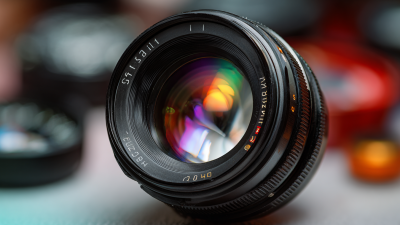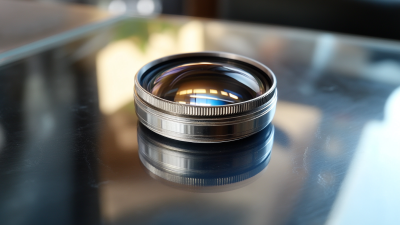When it comes to enhancing your photography experience, choosing the right Multi Coated Lens is paramount. These specialized lenses are designed to minimize lens flare and ghosting, which can significantly impact image quality. With a variety of options available, understanding the features that make a Multi Coated Lens suitable for your particular needs is crucial. Factors such as the type of coating, optical performance, and compatibility with your camera system will play a vital role in your decision-making process. Whether you're an amateur capturing casual moments or a professional photographer pushing the limits of creativity, selecting the appropriate Multi Coated Lens can elevate your work, allowing for sharper images with vibrant colors and improved contrast. This guide aims to provide you with the essential knowledge and considerations to help you navigate the options and ultimately choose the Multi Coated Lens that best fits your photography goals.

When it comes to photography, understanding multi-coated lenses is essential for enhancing image quality. Multi-coated lenses feature multiple layers of anti-reflective coatings on the glass, which significantly reduce glare and improve light transmission. This results in sharper images with better contrast and color fidelity. The coatings also minimize lens flare and ghosting, making them ideal for shooting in challenging lighting conditions.
Tips:
When selecting a multi-coated lens, consider the specific types of photography you pursue. If you often shoot in bright sunlight, look for lenses with superior UV protection. For nighttime photography, choose a lens with coatings designed to enhance low-light performance. Always check for the type and quality of the coatings used; higher-quality coatings often translate to better performance.
Additionally, ensure that the lens has a robust construction to withstand the rigors of shooting. Weather-sealed lenses are a great choice for outdoor photographers, providing protection against moisture and dust. By paying attention to these features, you'll be better equipped to choose a multi-coated lens that meets your photography needs.
When selecting the right multi-coated lens for your photography, it’s essential to identify your photography style first. Different styles require different types of lens coatings, which can significantly affect image quality. For instance, if you're a landscape photographer, you might prioritize a lens that minimizes flare and enhances contrast, especially when shooting in bright conditions. Multi-coated lenses reduce reflections and increase light transmission, which is beneficial for capturing vivid colors and details.
Tips: Consider your typical shooting environment. For low-light situations, look for lenses with anti-reflective coatings to enhance clarity and reduce ghosting. Conversely, if you often photograph subjects against bright backgrounds, opt for lenses with enhanced coatings that combat lens flare to ensure your shots remain crisp and free of unwanted glare.
Furthermore, portrait photographers might benefit from lenses that soften skin textures while still providing sharpness where it counts. Certain coatings can help achieve a pleasing bokeh effect, allowing subjects to stand out against beautifully blurred backgrounds. Always test various lenses to see how their coatings respond under different lighting conditions to find the perfect match for your unique style.
When selecting the right multi-coated lenses, it’s essential to understand the various types available. The most common types include anti-reflective, UV, and polarization coatings. Anti-reflective coatings minimize glare and enhance light transmission, making them ideal for low-light situations or outdoor photography. UV coatings, although largely a legacy feature due to modern camera sensors' built-in UV protection, are still available and can help reduce haze in images. Polarization filters, on the other hand, serve a dual purpose of cutting reflections while also saturating colors, making them indispensable for landscape and nature photography.
Each type of coating serves a distinct purpose, which means your choice should be based on specific photographic needs. If you're frequently photographing in bright sunlight or wish to achieve vibrant colors and clear skies, a polarizing lens is a smart investment. Conversely, for general photography or shooting in variable lighting conditions, multi-coated lenses with anti-reflective features will provide the best versatility. By assessing your shooting style and the scenarios you encounter most often, you can choose the lens coatings that will ultimately enhance your photographic results.

When it comes to choosing a multi-coated lens, evaluating the price versus performance is crucial. High-quality lenses come at a premium, but understanding what you are paying for can help you make an informed decision. The key is to recognize your specific photography needs—whether it's landscape photography requiring sharpness and color fidelity or portraiture that demands excellent bokeh and low-light capability. Consider lenses that offer the best value for the features you need most.
**Tips:** Always look for user reviews and sample images to gauge the performance of a lens in real-world conditions. This can reveal how a lens performs beyond the specifications provided by the manufacturer. Additionally, look for lenses that have anti-reflective coatings and weather-sealing, which might come at a higher price but offer enhanced durability and image quality.
Remember, investing in a lens is not just about the upfront cost. Consider the lens's longevity and how it fits into your photography style over time. A more expensive lens with superior performance can often save you money in the long run by reducing the need for replacements or upgrades.
Maintaining and caring for multi-coated lenses is essential to ensure their longevity and optimal performance. First, always use a lens cap when the camera is not in use to protect against dust, scratches, and moisture. Regularly cleaning your lenses is crucial; use a microfiber cloth and a proper lens cleaning solution specifically designed for optical surfaces. Avoid using household cleaners, as they can damage the lens coatings.

Additionally, storing your lenses in a dry, cool place can help prevent fungal growth and deterioration from humidity. Consider using a padded camera bag to protect your lenses from physical impacts during transport. If you notice any signs of fogging or fungus, consult a professional for cleaning rather than attempting to do it yourself. By following these simple maintenance tips, you can ensure your multi-coated lenses remain in excellent condition and continue to enhance your photography.







